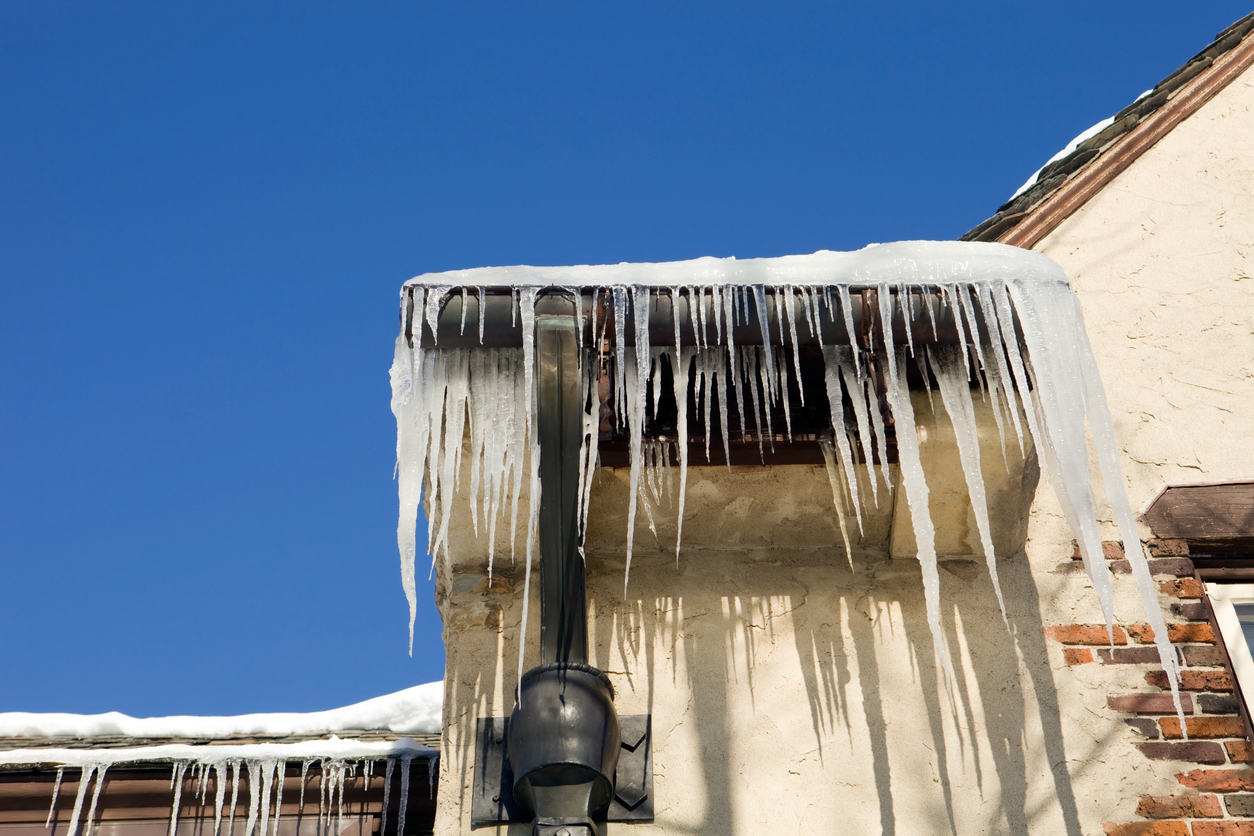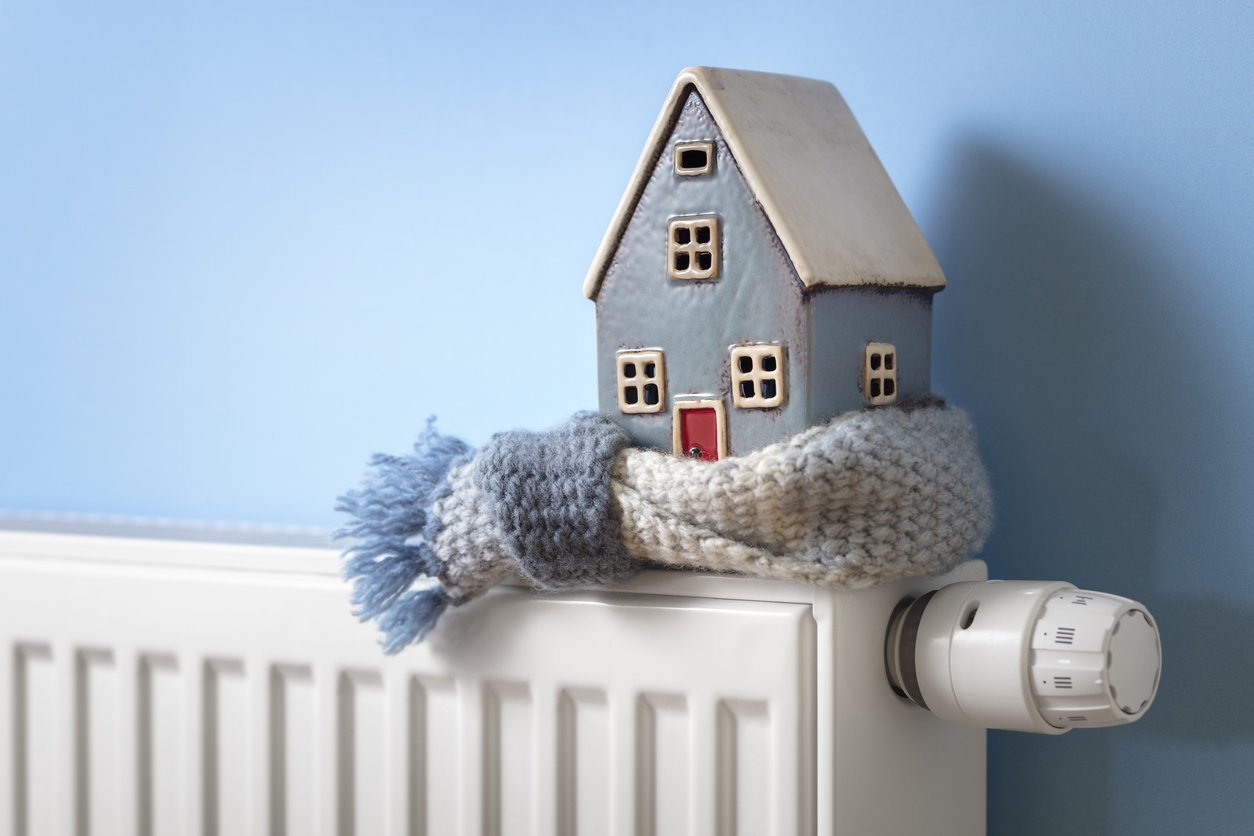Considering the recent cold snap, homeowners in the Northeast are watching – with concern and even alarm – as snow and ice builds up on their roofs. It might melt a bit during the day, and then freeze up again at night. This is a lethal process. All that melting-and-freezing can result in a breach of the base of shingles covering your roof, causing them to lift from the structure and leave a path for water to penetrate. With the seal of the shingle broken, water gets in – and the madness begins.
Ice dams present some real challenges. Once you have them, there’s not a lot you can do. You can get the snow and ice off the roof, but the ice will likely remain frozen in your gutters. Right now, finding a professional to address this problem will likely be difficult. What’s worse – it’s just going to snow again a few days later, and you’ll be facing the same problem.
At this time of year, we routinely get calls from homeowners who have water pouring into their houses. Sadly, there’s not a lot that can be done until the spring comes, because it’s only going to get worse before it gets better. Ice dams are different than pipe breaks, where we send out our adjusters to estimate the damage, have a restoration company perform the demo, and plan for reconstruction. Not with ice dams. A property owner’s hands are mostly tied until the snow and ice are gone and the root cause of the problem can be fixed – the roof.
However, if you’re a homeowner facing ice dams, there are some actions you need to take. You should call your insurance agent and notify them immediately, even though they’re unlikely to send out an adjuster until the end of the season when they can assess the entirety of the damage. In the meantime, make sure that you’re doing everything you can to mitigate the problem, including covering or moving your personal property away from the affected areas.
As far as coverage goes, most homeowners’ policies do not cover personal property damaged as a result of ice dams. You would need to have an HO15 endorsement providing “all risk” coverage to your personal property, or have the items scheduled separately on your policy. In commercial policies (CPs), it’s more complicated. To recover for seepage under a CP, you need a ‘storm-created opening’ in order for interior water damage to qualify. That is, UNLESS the damage results from melting snow and ice. So, for a business, winter weather related seepage is covered, as well as damage to business personal property.
Either way, ice dams are a tough issue, and we are right in the middle of the season when they are causing problems. Give us a call if you have any questions.




